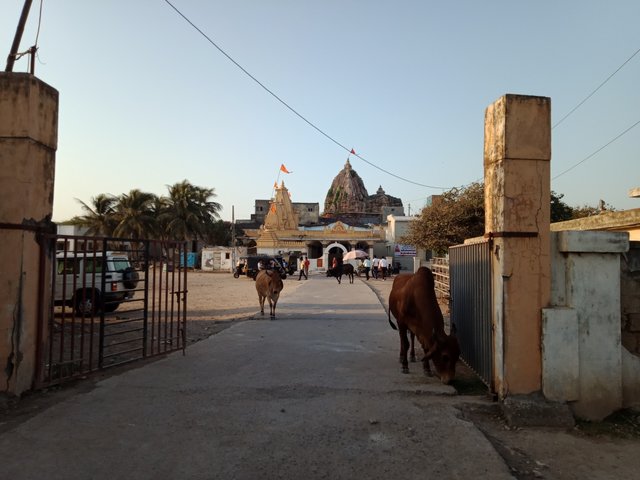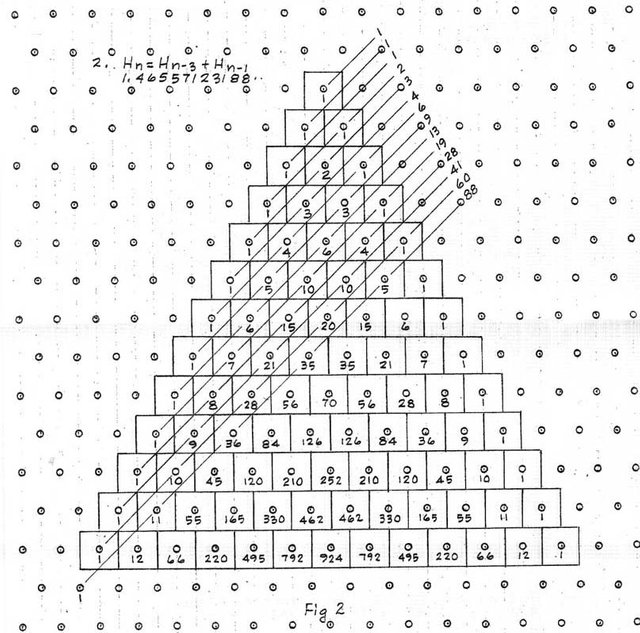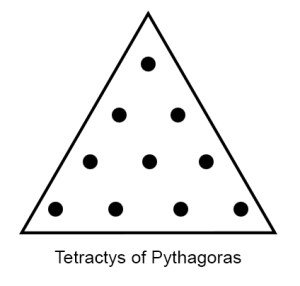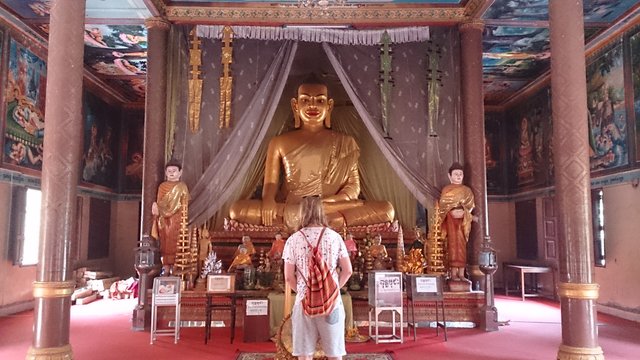Ancient Indian Philosophy

India has the largest amount of ancient religious texts in the world that are authenticated and intact; the Vedas, Mahabaratha, Upanishads, Puranas, Jain Sutras, the Buddhist Dhammapada and so-on.
Four of the largest religious denominations originated in India; Hinduism, Buddhism, Jainism, and Sikhism. The transcendental nature their religious philosophy remains a great source of wisdom for searchers for truth today. Now, terms such as Karma, Nirvana, and Yoga are part of most people’s vocabularies in the world whether they truly understand their meaning or not.

Yoga
Today, India is world famous for Yoga – originating far back into the ancient world.
Back then, people studied how animals move and stretch with ease and with no self-harm and they copied them. It’s also considered to be an outgrowth from their ancient ritual practices founded by early Hindu sects.
The earliest literature accredited to Yoga is found in the Upanishads written down far back in the ancient world
To them, Yoga is not merely a physical exercise, but moreover, regarded as a way of life; a concise approach to the nature of reality, the self and The Absolute as a whole.
Simply, Yoga means union with The Absolute, and according to the Patanjali Yoga Sutras, ‘Austerity, the study of sacred texts, and the dedication of action to Life constitute the discipline of Yoga’s ‘Mystical Union.’

There are five different branches of Yoga; KarmaYoga which simply means the Yoga of right action and service to the flourishing of Life. Hatha Yoga deals with the strengthening of the body to facilitate the other branches; Bhakti Yoga which teaches the devotion and love of Life and care of every living thing; Gnani Yoga, with Gnani meaning ‘wisdom’ which teaches the study of Life and its betterment, the reading of sacred texts and philosophical contemplation.
Raja Yoga represents the deeper investigation of man's inner world, and through meditational practices to discover the eternal awareness that is us and the universe as a whole
Ultimately, what’s called ‘Yogic Science’ says that all aspects of the branches are needed to reach the place of wisdom, which today is often termed as ’enlightenment.’ Its also states that we may lean toward one or two branches, but that all aspects balanced constitute our wholeness.
Yoga can also be summed up as the preparation to become a peaceful, well-integrated human citizen in the universe.
Buddhism
Some of the most well-known expressions of Indian thought - and of human nature - is also due to a prince from West Bengal. Kept away in luxury until he was 29 when at last he ventures out into his locality, he was so moved by the suffering masses, obviously caused by ignorance and political and economic oppression that was governed solely by the priest class, he dedicated his life to answering why suffering exists at all.
Around 600 BC, ‘Prince Siddartha from the kingdom of Sakhya located around Lumbini in West Bengal, decided to renounce his material life and walk out in poverty - on a quest to understand the true nature of reality.
Eventually, he settled on the dusty roads and in remote forests of West Bengal to solve this enigma. After putting himself through numerous test of purity, he gave up and sat under a tree to wait for ‘enlightenment’ – regardless if he had to discard his physical form in the process.
To cut a long story short, Gautama Buddha, one of the main leaders of Buddhism, saw through the illusion of form, formulating a philosophy which then was basically simple and could be understood and lived by the common uneducated people.
With unbridled optimism, Buddha concluded that civilization could be sustained through the act of planting good intentions in the present moment, each and every moment - along with a considerate understanding and letting go of one’s past, to eventually reap fruits that would lead to contentment and a far better world in general - and to not reincarnate in this type of difficult dimension again.
Buddha held that we can liberate ourselves from Maya and that life was not so much a mystery, because after all, to be born was to pass into another illusion - and to live here and in such a form was potentially being vulnerable to suffering.
The reason why we are here was moreover to wake up from this eternal dream. Life was a school located in our inner and outer world where we took instructions from the last mistake we made. Meaning; to learn how to obey the laws present in space was to understand that karma follows causes, ‘like the wheel cart follows the feet of the oxen.’
According to Buddha, Being a mere transitory thought, the personal self-persists solely where selfishness resides and suffering follows. The self being born out of growing and decaying illusion could eventually only be what it believes it is.
Pondering the great mystery of Life, Buddha’s search for freedom risked destroying the social order the priest class tried to maintain. Instead, he shifted the responsibility for mankind's suffering away from the gods and back to the man himself. Buddha summed it up thus
’If your God does not prevent evil he is not good, and if he cannot prevent evil, he is not God’’.
Subsequently, if we put our own lives in order the wisdom of the universe appears. An enlightened life is a selflessness life in which, through the acts reflecting on the law of Nature, we take refuge in compassion and love.
The religious orthodoxy of all ilks has perpetuated the division between Hinduism and Buddhism as a way of competition. The fact of the matter is, Buddha was born as a Hindu and taught by the best Hindu philosophers of his day. As with various distortions that have grown over time in relation to religions in general, he never tried to form another religion, or that he ever claimed to be a god - or an avatar. He was simply somebody wanting to know the truth.

Pythagoras
The greatest philosophical and scientific influence on most ancient western thinkers is due to one man in particular; Pythagoras.
It’s said that Pythagoras was an arduous traveler and through the caravan routes, he roamed many places in the ancient world. His main purpose was to gather knowledge from various philosophies, religions, and sciences and to bring them back to Greece to be debated.
Pythagoras is primarily famous for the discovery of what we refer today as the ‘Pythagorean Theorem.’ This is basically a geometrical fundamental to Life already known to Indian mathematicians, as stated before.
Numerous ancient historians and those renowned in this day and age, state that Pythagoras lived for a number of years with the Brahmins of India. Also, the Greek historian, Philostratus, states with conviction in his work ‘’The Life of Apollonius of Tyana’’ that Pythagoras did travel to India and was taught various branches of Hindu philosophy.
Remember, this event took place 200 years after Baudhayanas discoveries in the 9th century BCE. Was it in India, accompanied by Vedic mathematicians, that Pythagoras was given instruction about the theorem named after him….?
Amongst many symbols, Pythagoras most sacred symbol was the Tetractys; a symbol that resembles the kind of pyramidal emblem that Pingala used to express his mathematical formula.


Pythagoras stated that the Tetractys contained the mathematical explanation for the structure of the universe. However, from personal research, it seems that this mysterious symbol represented an ancient Indian Mandala used to formulate the mathematical sequence we wrongly accredit to Fibonacci.
It’s incorrect to say that it was Leucippus and Democritus from Greece that founded atom-ism in the western world. Rather, they borrowed from earlier calculations made by Pythagoras aided by ancient Hindus.
Pythagoras did not use the term atom meaning ‘’uncut’’ in Greek, a term coined by Leucippus, but he used the term ‘Monad’ meaning ‘’The One’’. Interestingly, Pythagoras used a similar philosophical approach to the qualities of atoms, as already mentioned by the Hindus and Jains.

Conclusion
There seems to be no other explanation than to assert that Pythagoras did carry scientific, philosophical and religious concepts from India back to Greece. Eventually, Pythagoras would inspire a whole new Greek world of philosophy.
Therefore, we have to conclude that India, through its emissary Pythagoras, and other unknown researchers, sparked a revolution that now holds mathematics as a universal science. In other words; ‘Atomism’ has now turned into Quantum Mechanics, while the science of Yoga has spread to every corner of the world.
These are just a few examples of how India has changed our world. Today we live a single page of history; one that will determine whether our species can continue. And as we continue with this series, we explore more of the profundity of Indian thinking; how it affects our way of life – and how, by understanding more of its wisdom, we can revolutionize our world for the betterment of future generations to come.




Karma stands out for me, and the law of sowing and reaping also relates to karma, it is a universal law and if we understand it can flow along with it and live a beautiful perfect life, we design our future using karma.
I agree, If we leave this earth with less karmic baggage than when we arrived here - we have lived a life in accordance with universal law. In today's Nihilistic world freedom is perceived to be the act of doing whatever we wish to do. We have truly forgotten the act of freedom for all living creatures has always been to do that which is necessary and beautiful. Because the universe is not a democracy but a benevolent republic ruled by lawfulness - the discovery of which can be the answer to our survival as a species and the start of a though but necessary maturing process for our civilization. :)
Nice that you also have your videos summed up as articles. GOOD-STUFF! Right on!